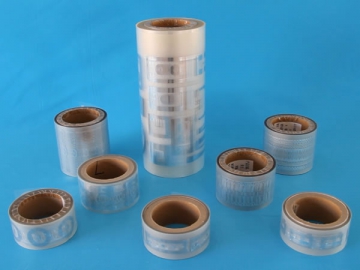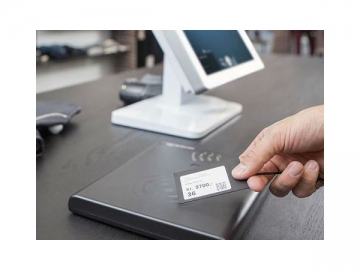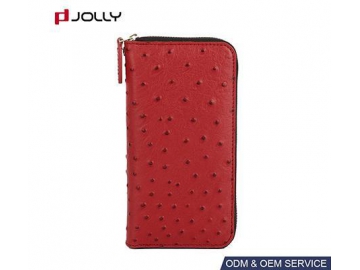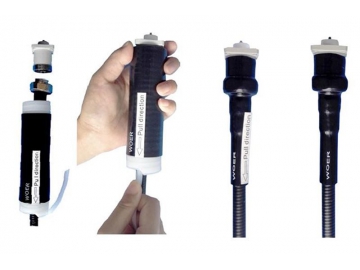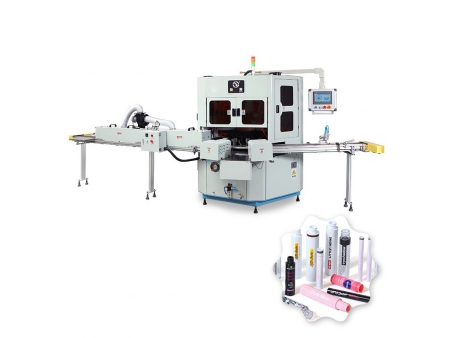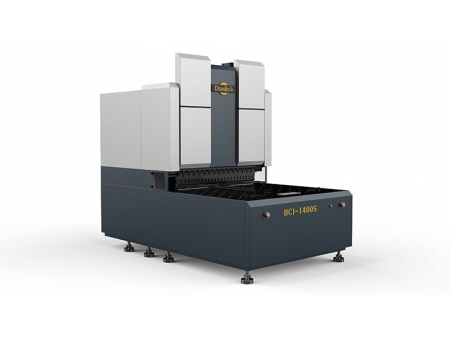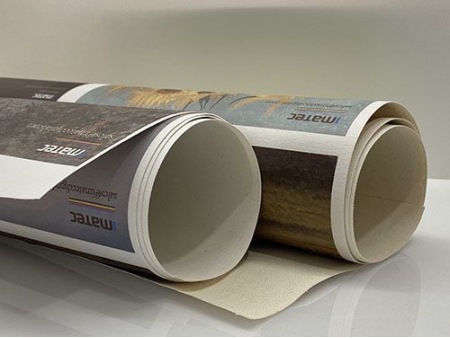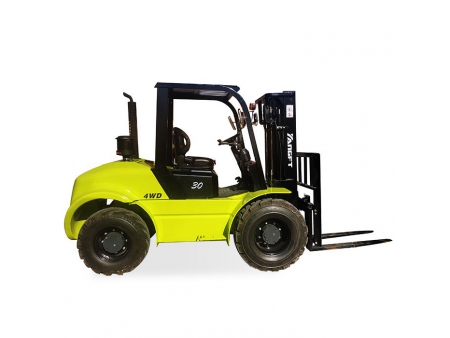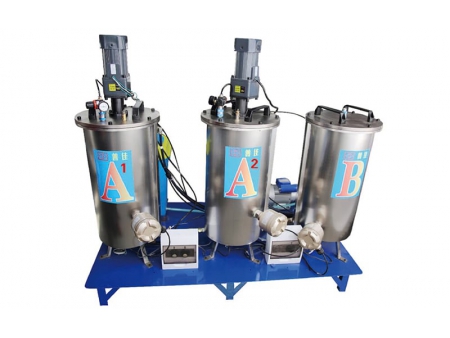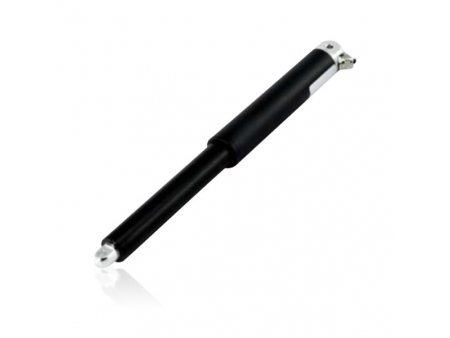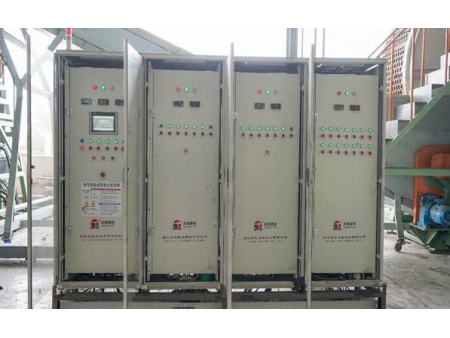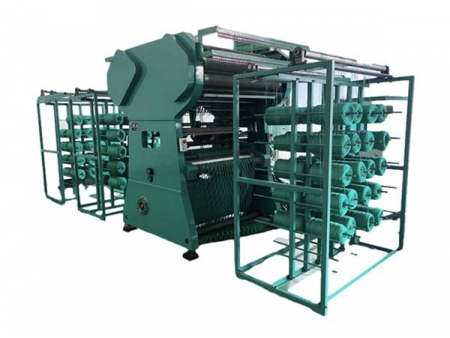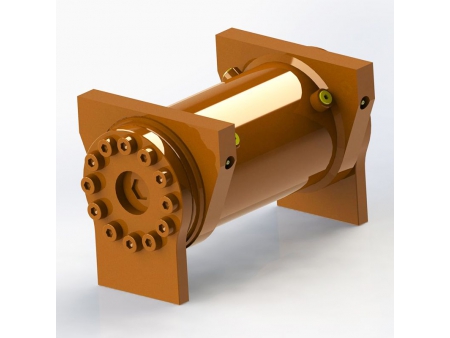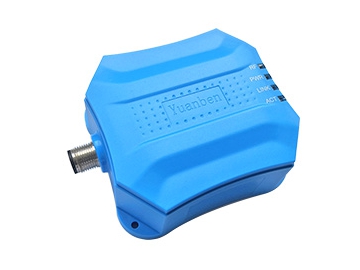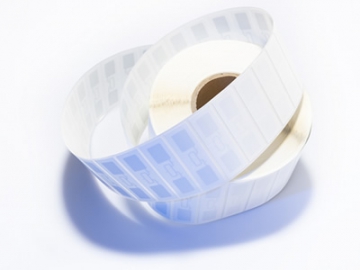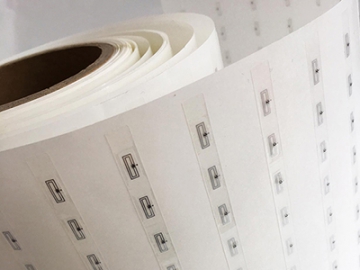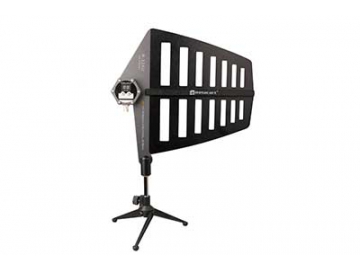RFID Antenna
RFID tags have been increasingly popular in the field of advanceditem identification technology. Though universal adoption of RFID smart label is taking time, many retail giants including Wal-Mart and Carrefour promote the use of RFID tags to replace traditional barcodes as a more effective method of item tracking. Beyond the retail sector, other examples of RFID usage are in swipe-less credit cards and for logistics purposes.
A key component of any RFID tag is the antenna. That is the zig-zag pattern you see, usually on the underside of the tag. The RFID tag antenna is most commonly made of copper, aluminum, or silver through a process known as etching. These loops of metal strips form the circuitry to send and receive electromagnetic signals to and from the RFID reader, allowing item tracking and identification.
INLAYLINK RFID antennas are typically sold on rolls and sandwiched between plastic facings for protection during transit. The antenna needs to have a chip attached to it so that they can form a complete RFID inlay, which is the functional part of the RFID label.
The number of uses for RFID labels is nearly endless across a huge variety of industries. While there is a wide range of chips for RFID inlays, there is an extensive array of RFID antenna patterns as well, including the paperclip, squiggle, and dogbone designs. Most of our tag's antennas are tailor made for a specific use. Contact us today to customize your RFID antennas.
